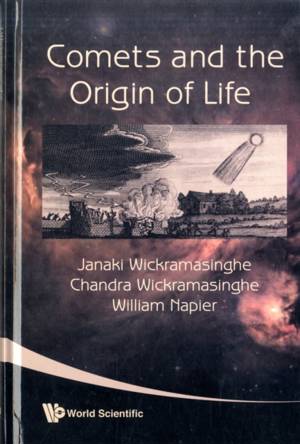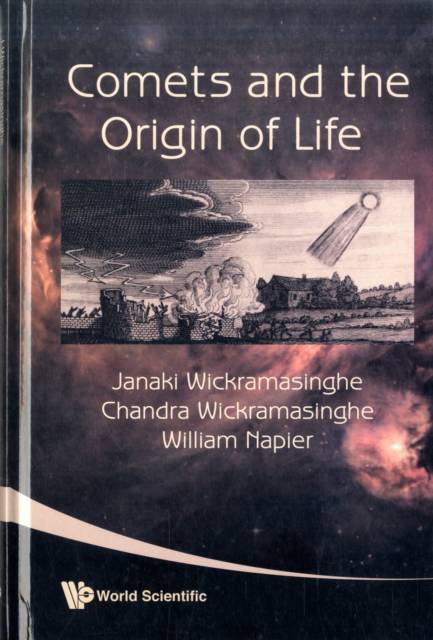
Door een staking bij bpost kan je online bestelling op dit moment iets langer onderweg zijn dan voorzien. Dringend iets nodig? Onze winkels ontvangen jou met open armen!
- Afhalen na 1 uur in een winkel met voorraad
- Gratis thuislevering in België vanaf € 30
- Ruim aanbod met 7 miljoen producten
Door een staking bij bpost kan je online bestelling op dit moment iets langer onderweg zijn dan voorzien. Dringend iets nodig? Onze winkels ontvangen jou met open armen!
- Afhalen na 1 uur in een winkel met voorraad
- Gratis thuislevering in België vanaf € 30
- Ruim aanbod met 7 miljoen producten
Zoeken
Comets and the Origin of Life
Nalin Chandra Wickramasinghe, Janaki Wickramasinghe, William Napier
Hardcover | Engels
€ 128,45
+ 256 punten
Omschrijving
The idea that comets may be connected with the origin of life on Earth was considered heresy a few decades ago, with scientists shying away from this possibility as if from a medieval superstition. However the case that comets may have contributed at least the complex organic building blocks of life has become very strong, and mechanisms have now been identified whereby comets may incubate and transfer microbial life from one cosmic habitat to another in the Galaxy. The latter process cometary panspermia was pioneered by the late Sir Fred Hoyle and one of the present authors in the early 1980's. A theory that was once controversial is slowly gaining scientific respectability and support.The recent surge of interest in astrobiology has led to a spate of books in astrobiology -- combining astronomy and biology -- but in most of these, cometary panspermia is dealt with only cursorily. The present book sets out the case for cometary panspermia in a cogent way, combining evidence from space science, celestial mechanics, geology and microbiology. It should be an essential part of any university course on astrobiology, and also serve as a reference textbook for researchers in the field.
Specificaties
Betrokkenen
- Auteur(s):
- Uitgeverij:
Inhoud
- Aantal bladzijden:
- 232
- Taal:
- Engels
Eigenschappen
- Productcode (EAN):
- 9789812566355
- Verschijningsdatum:
- 1/01/2007
- Uitvoering:
- Hardcover
- Formaat:
- Genaaid
- Afmetingen:
- 152 mm x 229 mm
- Gewicht:
- 544 g

Alleen bij Standaard Boekhandel
+ 256 punten op je klantenkaart van Standaard Boekhandel
Beoordelingen
We publiceren alleen reviews die voldoen aan de voorwaarden voor reviews. Bekijk onze voorwaarden voor reviews.











